‘They’re Trying to Wipe Us Off the Map.’ Small American Farmers Are Nearing Extinction
For nearly two centuries, the Rieckmann family has raised cows for milk in this muddy patch of land in the middle of Wisconsin. Mary and John Rieckmann, who now run the farm and its 45 cows, have seen all manners of ups and downs — droughts, floods, oversupplies of milk that sent prices tumbling. But they’ve never seen a crisis quite like this one.
The Rieckmanns are about $300,000 in debt, and bill collectors are hounding them about the feed bill and a repayment for a used tractor they bought to keep the farm going. But it’s harder than ever to make any money, much less pay the debt, Mary Rieckmann says, in the yellow-wallpapered kitchen of the sagging farmhouse where she lives with her husband, John, and two of their seven children. The Rieckmanns receive about $16 for every 100 pounds of milk they sell, a 40 percent decrease from six years back. There are weeks where the entire milk check goes towards the $2,100 monthly mortgage payment. Two bill collectors have taken out liens against the farm. “What do you do when you you’re up against the wall and you just don’t know which way to turn?” Rieckmann says, as her ancient fridge begins to hum. Mary, 79, and John, 80, had hoped to leave the farm to their two sons, age 55 and 50, who still live with them and run the farm. Now they’re less focused on their legacy than about making it through the week.
In the American imagination, at least, the family farm still exists as it does on holiday greeting cards: as a picturesque, modestly prosperous expanse that wholesomely fills the space between the urban centers where most of us live. But it has been declining for generations, and the closing days of 2019 find small farms pummeled from every side: a trade war, severe weather associated with climate change, tanking commodity prices related to globalization, political polarization, and corporate farming defined not by a silo and a red barn but technology and the efficiencies of scale. It is the worst crisis in decades. Chapter 12 farm bankruptcies were up 12 percent in the Midwest from July of 2018 to June of 2019; they’re up 50 percent in the Northwest. Tens of thousands have simply stopped farming, knowing that reorganization through bankruptcy won’t save them. The nation lost more than 100,000 farms between 2011 and 2018; 12,000 of those between 2017 and 2018 alone.

Farm debt, at $416 billion, is at an all-time high. More than half of all farmers have lost money every year since since 2013, and lost more than $1,644 this year. Farm loan delinquencies are rising.
Suicides in farm communities are happening with alarming frequency. Farmers aren’t the only workers in the American economy being displaced by technology, but when they lose their jobs, they also ejected from their homes and the land that’s been in their family for generations. “It hits you so hard when you feel like you’re the one who is losing the legacy that your great-grandparents started,” said Randy Roecker, a Wisconsin dairy farmer who has struggled with depression and whose neighbor Leon Statz committed suicide last year after financial struggles forced him to sell his 50 dairy cows. Roecker estimates he’s losing $30,000 a month.
Even large companies are facing unprecedented challenges; Dean Foods, a global dairy producer that buys milk from thousands of small farmers, filed for bankruptcy Tuesday, November 12, and is seeking a sale, a move that could further hamper farmers looking for places to sell their milk.
Farmers have always talked of looming disaster, but the duration and severity of the current crisis suggests an alarming and once unthinkable possibility — that independent farming is no longer a viable livelihood. Small farms, defined as those bringing in less than $350,000 a year before expenses, accounted forjust a quarter of food production in 2017, down from nearly half in 1991. In the dairy industry, small farms accounted for just 10 percent of production. The disappearance of the small farm would further hasten the decline of rural America, which has been struggling to maintain an economic base for decades.
“Farm and ranch families are facing a great extinction,” says Al Davis, a Nebraska cattle producer and former state senator. “If we lose that rural lifestyle, we have really lost a big part of what made this country great.”

A perfect storm of factors has led to the recent crisis in the farm industry. After boom years in the beginning of the 21st century, prices for commodities like corn, soybeans, milk, and meat started falling in 2013. The reason for these lowered prices are the twin forces upending much of the American economy: technology and globalization. Technology has made farms more efficient than ever before. But economies of scale meant that most of the benefits accrued to corporate farmers, who built up huge holdings as smaller farmers sold out. Even as four million farms disappeared in the United States between 1948 and 2015, total farm output more than doubled. Globalization brought more farmers into the international market for crops, flooding the market with soybeans and corn and cattle and milk, and with increased supply comes lower prices. Global food production has increased 30 percent over the last decade, according to John Newton, the chief economist of the American Farm Bureau. If that’s a good thing for feeding the planet, it also reduces what comes back to producers, whose costs don’t fall with prices.
President Trump’s trade war hasn’t helped matters. After the United States slapped tariffs on Chinese goods including steel and aluminum last year, China retaliated with 25 percent tariffs on agricultural imports from the U.S.. China then turned to other countries such as Brazil to replace American soybeans and corn. “This was a market that took years to develop,” says Barb Kalbach, a fourth- generation corn and soybean farmer in Iowa, referring to China. “The president has worked very hard to make our markets unstable.” Her soybeans are harvested and sitting in a grain elevator as she waits to see if China will buy despite the tariffs. Agricultural exports between January and August this year were down 5 percent, or $5.6 billion dollars, from the same period last year. The Trump administration has made $16 billion in aid available to farmers affected by the trade war, though small farmers complain the bulk of the money has gone to huge producers with large crop losses. Around 40 percent of the $88 billion in farm income expected this year is going to come in the form of federal aid and insurance, according to the American Farm Bureau Federation. Farm income absent that assistance, at $55 billion, is down 14 percent since last year and is half of what it was in 2013.
Smaller farms have found it especially hard to adapt to these changes, which they blame on government policy and a lack of antitrust enforcement. The government is on the side of big farms, they say, and is ambivalent about whether small farms can succeed. “Get big or get out,” Earl Butz, Nixon’s secretary of agriculture, infamously told farmers in the 1970s. It’s a sentiment that Sonny Perdue, the agriculture secretary under President Trump, echoed recently. “In America, the big get bigger and the small go out,” Perdue said, at the World Dairy Expo in Wisconsin in October. The number of farms with more than 2,000 acres nearly doubled between 1987 and 2012, according to USDA data. The number of farms with 200 to 999 acres fell over that time period by 44 percent.
Many small American farmers are routinely selling their crops for less than it costs to produce them. “It’s very intimidating, you work hard every day, and every day, it seems like you’re just always struggling,” says Rieckmann.
Prices are so low that farmers like the Rieckmanns are trying to figure out other ways to come up with the money to keep their farm going. But like many other rural areas around the country, their town of Fremont does not have a bustling economy. Both a Kmart and another department store, Shopko, closed in Waupaca county this year, costing dozens of workers their jobs. Mary Rieckmann who will turn 80 in January, got a job delivering newspapers; the family also launched a GoFundMe account. But after Mary crashed her car on a foggy night, her husband and sons convinced her to abandon her paper route. In the past, the family has sold calves to raise extra money, but John recently brought two calves to the stock market and got $20 for one and $30 for another—two years ago, those calves would have brought in $300 to $400 each. “If somebody would have told me 20 years ago what it was going to be like now, I think I would have called him a liar,” Rieckmann says.
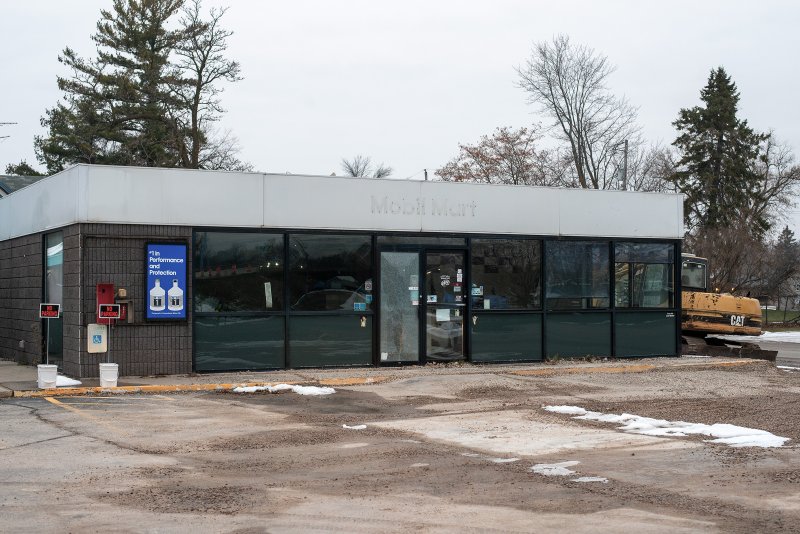
Heavy rain and unseasonable snow this year have also hurt many Midwestern farmers. This year “has been one of the most significant weather event years,” said John Newton, chief economist of the American Farm Bureau Federation. Portions of Iowa, Nebraska, and Minnesota experienced record flooding this year, with the upper Mississippi River receiving 200 percent more rain and snow than normal. Unusual rain and snow prevented farmers from planting on 19 million acres this year, the most since the USDA began measuring in 2007. Last year, by contrast, weather prevented planting on just 2 million acres.
Mike Rosmann, a clinical psychologist and farmer from Iowa who works with farmers in distress, says that this spring, he got seven calls per week from farmers who were having mental health problems because of their farm’s finances. One farmer called Rosmann to say he was considering suicide — floods destroyed the corn he had already harvested and stored in a grain elevator, but neither crop insurance nor flood insurance would cover it, since he had already harvested the crop. “When that farm is lost, it’s a huge amount of loss of self,” says Scott Marlow, senior policy specialist at the Rural Advancement Foundation, which runs a hotline for farmers in danger of losing their farms. John Hanson, who runs an assistance hotline in Nebraska, says that this year he has gotten calls at midnight from desperate farmers, including one sitting in his kitchen with a loaded shotgun and the lights out.
“It’s very, very bleak for us, and many farmers I know are in the same boat,” said Brenda Cochran, a small dairy farmer in Pennsylvania who says she knows of nine suicides related to low milk prices over the last two years. “It would take a miracle to sustain us for five years.” Farm Aid operates a 1-800 hotline for farmers facing crisis, and calls to that hotline were up 109 percent last year from the year before, says Alicia Harvie, director of Farm Aid’s Advocacy and Farmer Services. The newest farm bill sets aside $50 million over five years for behavioral health supports for distressed farmers.
Rural America has been shrinking for decades, and the Great Recession accelerated that contraction as rural manufacturing jobs disappeared and people moved to cities and suburbs seeking work. That is indeed where the jobs are. Between 2008 and 2017, metropolitan areas that included central cities of at least 50,000 people accounted for 99 percent of all job and population growth, according to data crunched by David Swenson, an economist at Iowa State University. In the Midwest, 81 percent of rural counties saw population declines between 2008 and 2017, and in the Northeast, 85 percent of rural counties shrank over that time period.
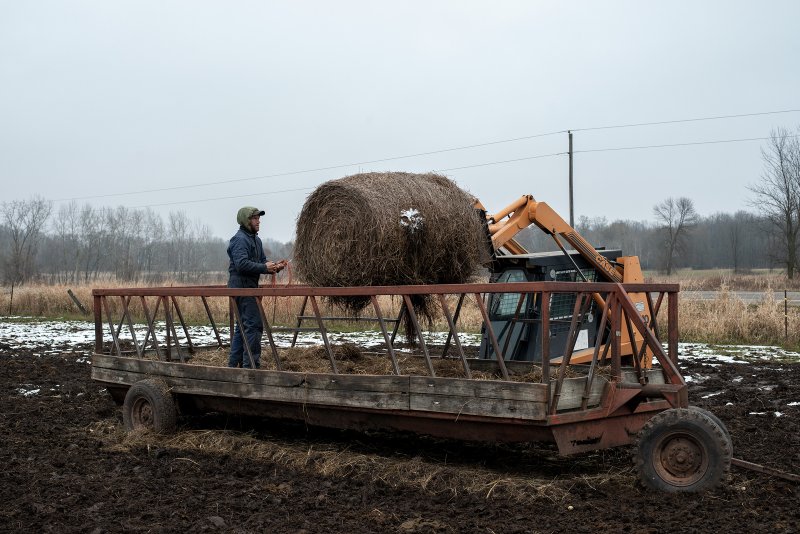
Kalbach, the Iowa corn and soybean farmer, says on the square mile of land where she lives, five farm different families used to grow corn, beans, hay, cattle, and pigs. Over the past 15 years, the other four families have given up and moved away. As farmers sold to bigger operations, the local businesses that were dependent on small farmers went belly-up, too. The place where the Kalbachs buy chemicals is now 75 miles away. Her county’s lone pharmacy closed earlier this year. There is no longer a local place where she can get farm equipment repaired. “All the thousands of farmers that have left the land—all the businesses have gone with them,” she says.
“I used to have a lot of neighbors, now I have almost no neighbors,” says George Naylor, an Iowa corn and soybean farmer who is trying to transition to organic farming to stay afloat.
Cochran is worried about the future of her rural Pennsylvania community as more farmers give up. Two neighbor farm auctions are scheduled soon. The dairy refrigeration supply business where she buys equipment is on the verge of collapse. Young people, seeing economic despair all around them, get out as quickly as they can. “I see this as a wholesale removal — or extermination — of our rural class,” she says.
There’s nothing on the horizon to turn around these rural areas. Americans are increasingly concentrating in a few metropolitan areas — by 2040, 70 percent of Americans will live in 15 states. The regions surrounding America’s family farms may become the country’s next ghost towns. “We have to think about what we really want rural America to look like,” says Jim Goodman, president of the National Family Farm Coalition. “Do we want it to be abandoned small towns and farmers who can’t make a living, and a lot of really big farms that are polluting the groundwater?” (Large farms, which have more animal waste to deal with because of their size, have been found to pollute groundwater and air.)
Most family farmers seem to agree on what led to their plight: government policy. In the years after the New Deal, they say, the United States set a price floor for farmers, essentially ensuring they received a minimum wage for the crops they produced. But the government began rolling back this policy in the 1970s, and now the global market largely determines the price they get for their crops. Big farms can make do with lower prices for crops by increasing their scale; a few cents per gallon of cow’s milk adds up if you have thousands of cows.
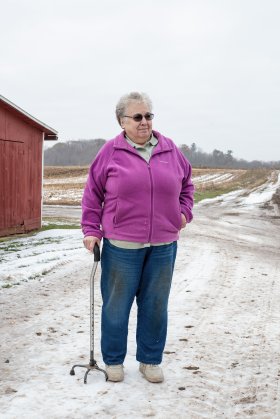
Smaller farmers warn that a country without local farmers can create problems in the food supply chain. If one company is providing all the milk or cheese to an entire region, what happens when that plant gets contaminated or a storm isolates it from the rest of the country? “It’s an incredibly fragile supply chain, and when it fails, it fails completely,” says Marlow, of the Rural Advancement Foundation.
Family farmers say concentrating farmland among a few big companies is akin to feudalism, and un-American. It also diverts whatever profits might come from farming to faraway investors, aggravating the economic and geographic divisions that feed the nation’s political divide. “There’s a strong reason to be deeply concerned when instead of having 10 mid-sized dairy farms producing income whose owners spend it in town, you replace that with a large farm owned by a set of investors whose profits go running off to New York and Chicago,” said Peter Carstensen, a professor of law emeritus at the University of Wisconsin law school.
Farmers say the best solution is government policy that cracks down on consolidation of the grocery stores and food processing facilities that buy food from farmers. Existing antitrust law would allow the government to prevent big mergers that mean farmers have fewer places to sell their crops and that supplies are more expensive, but those laws go largely unenforced, says Carstensen. Earlier this year, a Wisconsin congressman introduced legislation to put a moratorium on large food and grocery mergers. Farmers are advocating for better antitrust enforcement across the country; in October, cattle ranchers held a ‘Rally to Stop the Stealin’!’ to urge Congress to protect family farmers from monopoly power, and in Vermont, dairy farmers have filed a lawsuit alleging that a conglomerate of milk buyers conspired to set low prices on milk.
One category of small farmers is thriving in the current marketplace: organic farms who can charge a premium for their crops and who can sell them locally. There were more than 14,000 certified organic farmers in 2016, up 58 percent from 2011. But switching to organic is expensive, and for farmers like the Rieckmanns who are already deeply in debt, not an option. They haven’t gotten a cent of aid from the government, Rieckmann says, since the assistance goes to the farms with the most farmland and animals. They’re not holding their breath that anything will change. “I sometimes feel,” says Mary Rieckmann, “like they’re trying to wipe us off the map.”
If you or someone you know may be contemplating suicide, call the National Suicide Prevention Lifeline at 1-800-273-8255 or text HOME to 741741 to reach the Crisis Text Line. In emergencies, call 911, or seek care from a local hospital or mental health provider.
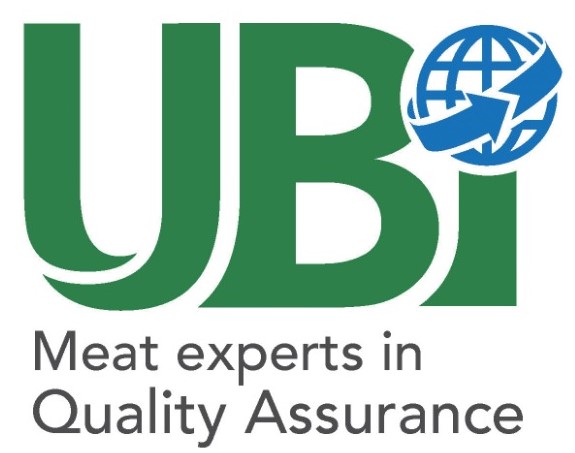
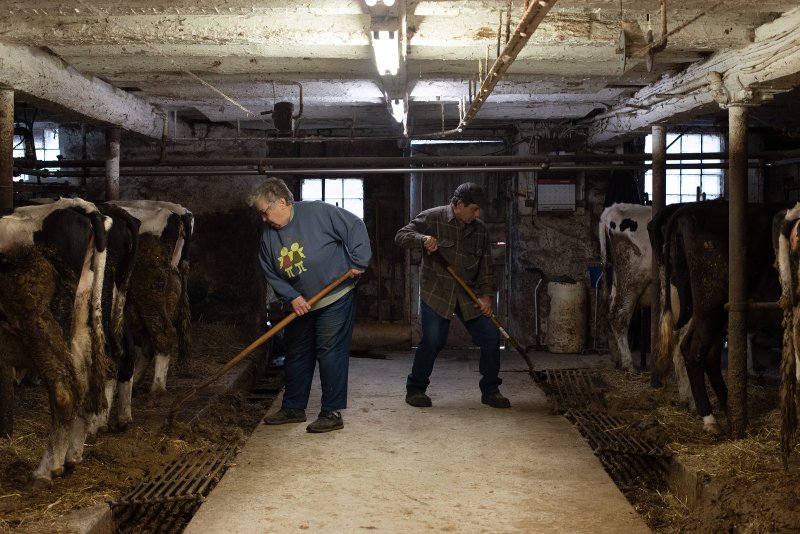
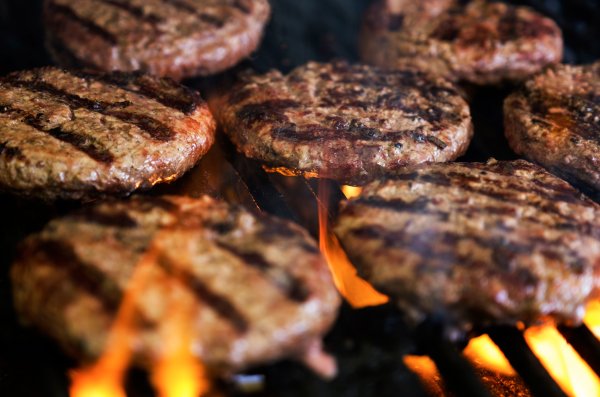 U.S.
U.S.